Lamu Island is renowned for it’s rich art and music traditions. The region embraces conservation efforts, notably the Lamu Marine National Park, safeguarding diverse marine life and coral reefs. Explore these 10 must-visit places in Lamu, each reflecting the area’s cultural richness and commitment to conservation.
Lamu Fort

Constructed by the Sultan of Lamu in Lamu town as a bulwark against foreign incursions, the fort has served diverse roles over time, from prison to courthouse and government office. Today, it stands as a museum showcasing artifacts and exhibits elucidating the region’s history and culture. A revered tourist destination in Lamu, the fort embodies significant cultural and historical value, symbolizing Kenya’s heritage. Visitors are drawn to its intriguing past and immersive displays, affirming its status as a pivotal site in the nation’s narrative while preserving the essence of Lamu’s rich cultural tapestry for generations to come. The entry fee is ksh.100 for adults and ksh.50 for those below 16 years.
Takwa Ruins
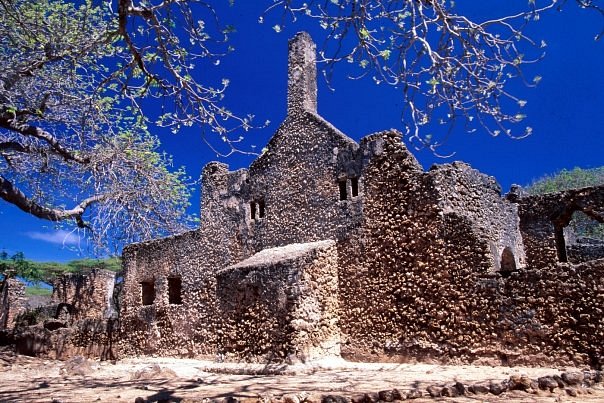
Takwa ruins are ancient stone structures believed to originate from the 16th century, serving as the nucleus of a significant Swahili trading state. Comprising mosques, tombs, and residential buildings adorned with intricate stone carvings, these ruins offer a glimpse into a bygone era of prosperity and cultural richness. Accessible only by boat in a remote locale, 10 kilometers from Lamu town, the Takwa ruins stand as a captivating testament to Kenya’s historical and cultural heritage, drawing tourists seeking to uncover the mysteries of its past.
Lamu Museum
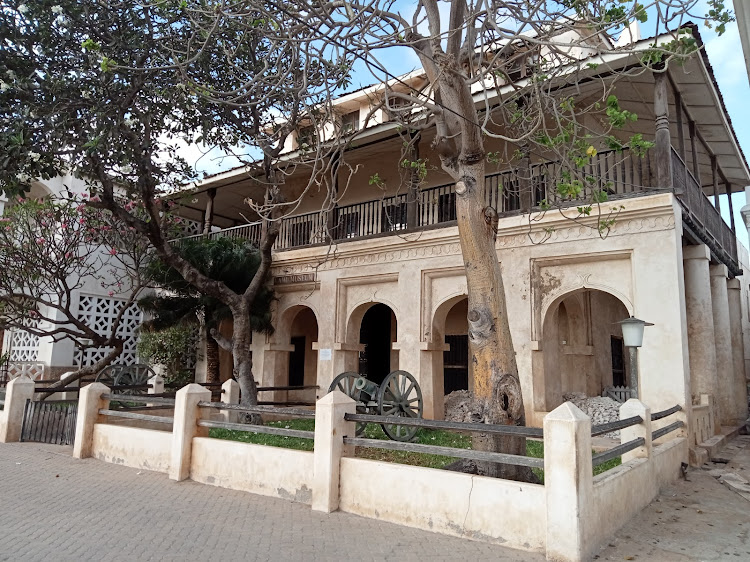
The Lamu Museum, situated in Lamu town, presents a captivating collection that narrates the vibrant history and culture of the Lamu Archipelago. Showcasing an array of traditional items such as pottery, textiles, and jewelry, alongside historical documents and photographs, the museum provides a comprehensive insight into the region’s rich heritage. Open to the public, it has become a favored destination for both tourists and locals. This cultural treasure trove offers a profound learning experience, offering a deeper understanding of the Lamu’s unique traditions and the enduring legacy of its people. The entry fee is ksh.400 for adults and ksh.200 for those under 16 years.
Shella Beach
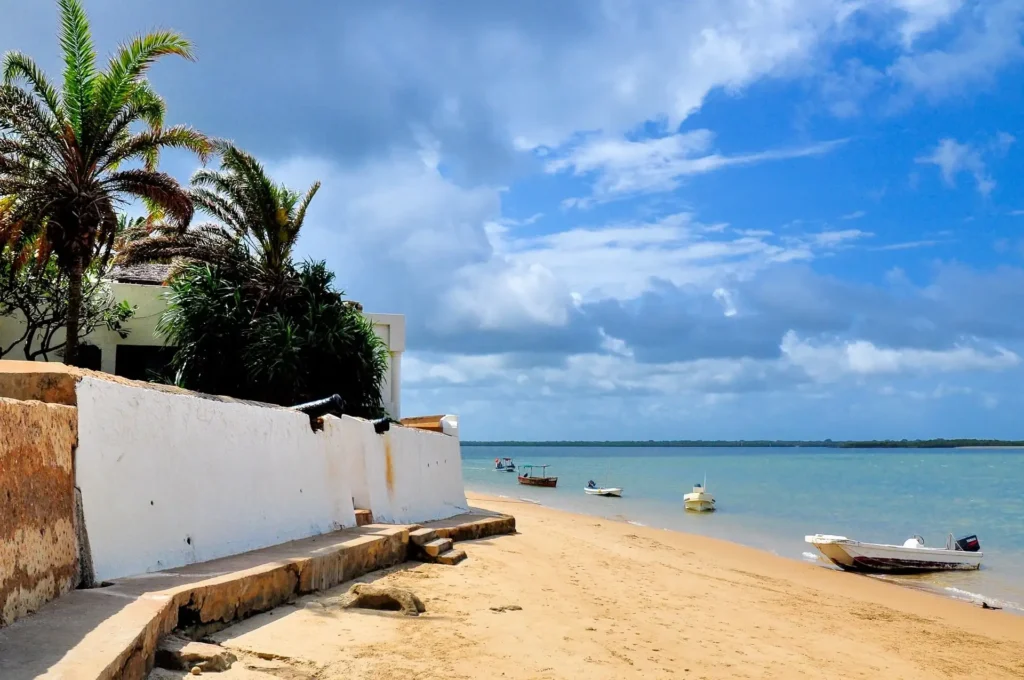
Shella Beach, beckons travelers with its mesmerizing beauty. Renowned for its glistening white sands, azure waters, and abundant marine life, it’s a haven for snorkeling and diving enthusiasts. The tranquil ambiance, accentuated by swaying palm trees, offers a serene retreat for relaxation. With a selection of cozy beach hotels and guesthouses nearby, visitors can immerse themselves in the laid-back atmosphere and enjoy a range of accommodation options. For those seeking a tropical paradise getaway, Shella Beach promises an idyllic escape where the worries of the world simply melt away.
Manda Island
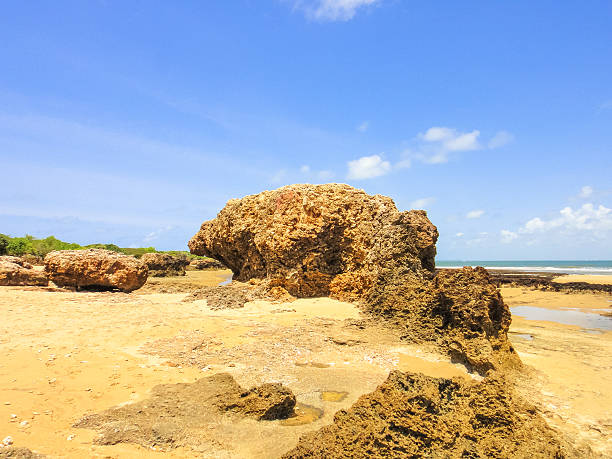
Manda Island boasts pristine beaches, crystalline waters, and vibrant marine ecosystems, drawing visitors seeking tropical bliss. With its proximity to the mainland and accessibility, the island hosts a variety of accommodations, eateries, and shops catering to travelers’ needs. Adventurers revel in snorkeling, diving, and sun-soaked beach days, while history enthusiasts explore ancient Swahili ruins, offering insights into the region’s cultural heritage. Manda Island is a tranquil haven where the natural splendor of its surroundings harmonizes with the rich tapestry of its past, creating an unforgettable destination for relaxation and exploration.
Pate Island
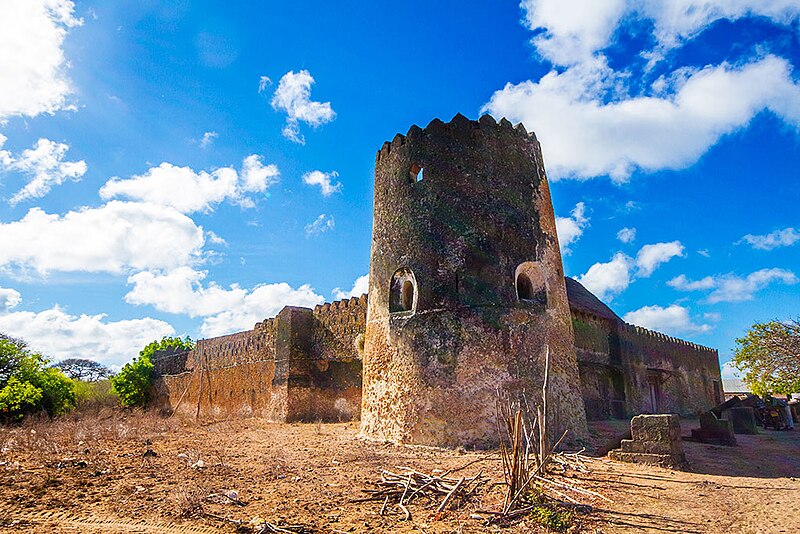
Pate Island is a coral gem steeped in history. As the largest island in Lamu, its roots trace back to the 14th century, serving as a bustling hub for trade and culture. The ancient town of Pate, a UNESCO World Heritage Site, stands as a testament to its storied past. Rich in historical and cultural landmarks, the island boasts traditional Swahili architecture and a vibrant way of life in its small villages and communities. Pate Island offers visitors a glimpse into a bygone era while celebrating the enduring traditions of the Swahili coast.
Kizingitini Fort
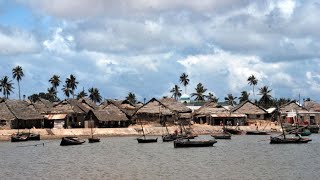
Kizingitini Fort, an emblem of Lamu’s rich heritage, stands as a testament to the Swahili people’s ingenuity. Constructed as a defensive stronghold, this historical landmark has evolved over time, serving as a prison, courthouse, and governmental office. Today, it has been lovingly restored and transformed into a museum, offering visitors a glimpse into Lamu’s storied past. Open to the public for tours, the fort captivates with its stunning architecture and immersive exhibits, inviting exploration of its role in shaping Lamu’s cultural and historical landscape. Kizingitini Fort remains a cherished attraction, preserving the essence of Lamu’s legacy for generations to come.
Kipungani Village
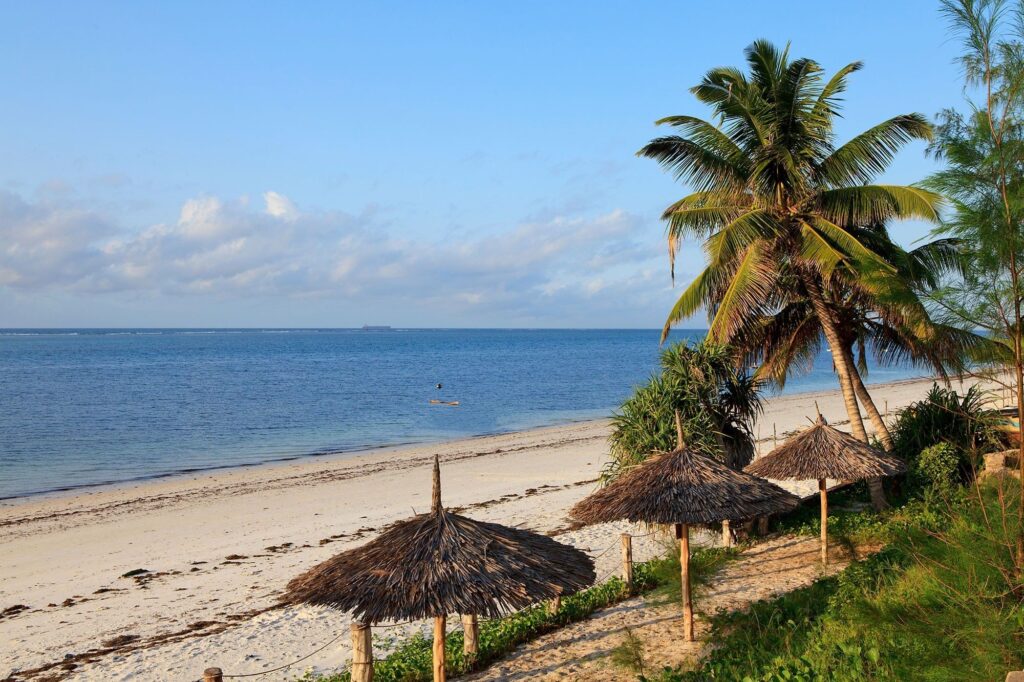
Kipungani Village, exudes the charm of traditional Swahili architecture and a tranquil atmosphere. Renowned for its laid-back vibe, it offers an authentic escape for tourists seeking to immerse themselves in Kenya’s coastal culture away from the bustling tourist hubs. Situated 50 kilometers from Lamu town, the village is accessible by boat or road from the mainland. Accommodation options include small guesthouses and hotels, complemented by local seafood restaurants and cafes. Visitors can enjoy activities like snorkeling, fishing, and boat trips, embracing the simplicity and beauty of coastal life.
Shela Mosque
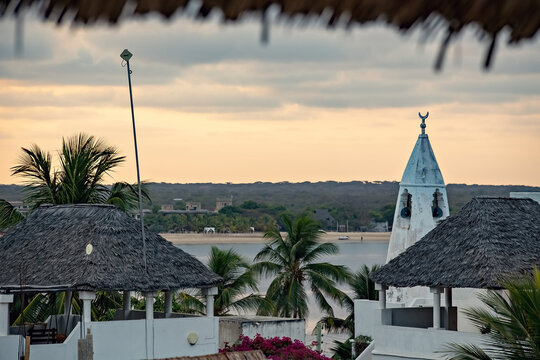
The Shela Mosque stands proudly in the heart of Shela village on Lamu Island, Kenya, as a revered symbol of heritage and faith. Dating back, this historic mosque has earned national monument status from the Kenyan government. Revered as one of the oldest and most significant mosques on the island, it serves as both a spiritual center for the local community and a cherished destination for tourists. Admired for its stunning Swahili architecture, characterized by coral stone, wood, and thatched roofs, the mosque showcases intricate wood carvings that exemplify the beauty and craftsmanship of the region’s cultural heritage.
Kipungani Lighthouse

The Kipungani Lighthouse, situated in the quaint fishing village of Kipungani on Lamu Island’s southern coast in Kenya, is a historic beacon that continues to guide ships and boats to safety. Erected in the early 20th century, this towering structure stands proudly at 35 meters (115 feet) tall, its luminous glow visible up to 25 nautical miles (46 kilometers) away. As a vital navigational aid, the lighthouse plays a crucial role in maritime safety in the area. Beyond its practical function, it also serves as a captivating tourist attraction, offering visitors a glimpse into the region’s history and culture.
Lamu’s rich cultural heritage, stunning architecture, and pristine natural beauty make it an irresistible destination for travelers seeking an authentic experience. Its charm captivates visitors, ensuring unforgettable memories and lasting impressions.
10 Best Places to Visit in Kwale County 2024.
10 Best Places to Visit in Malindi.
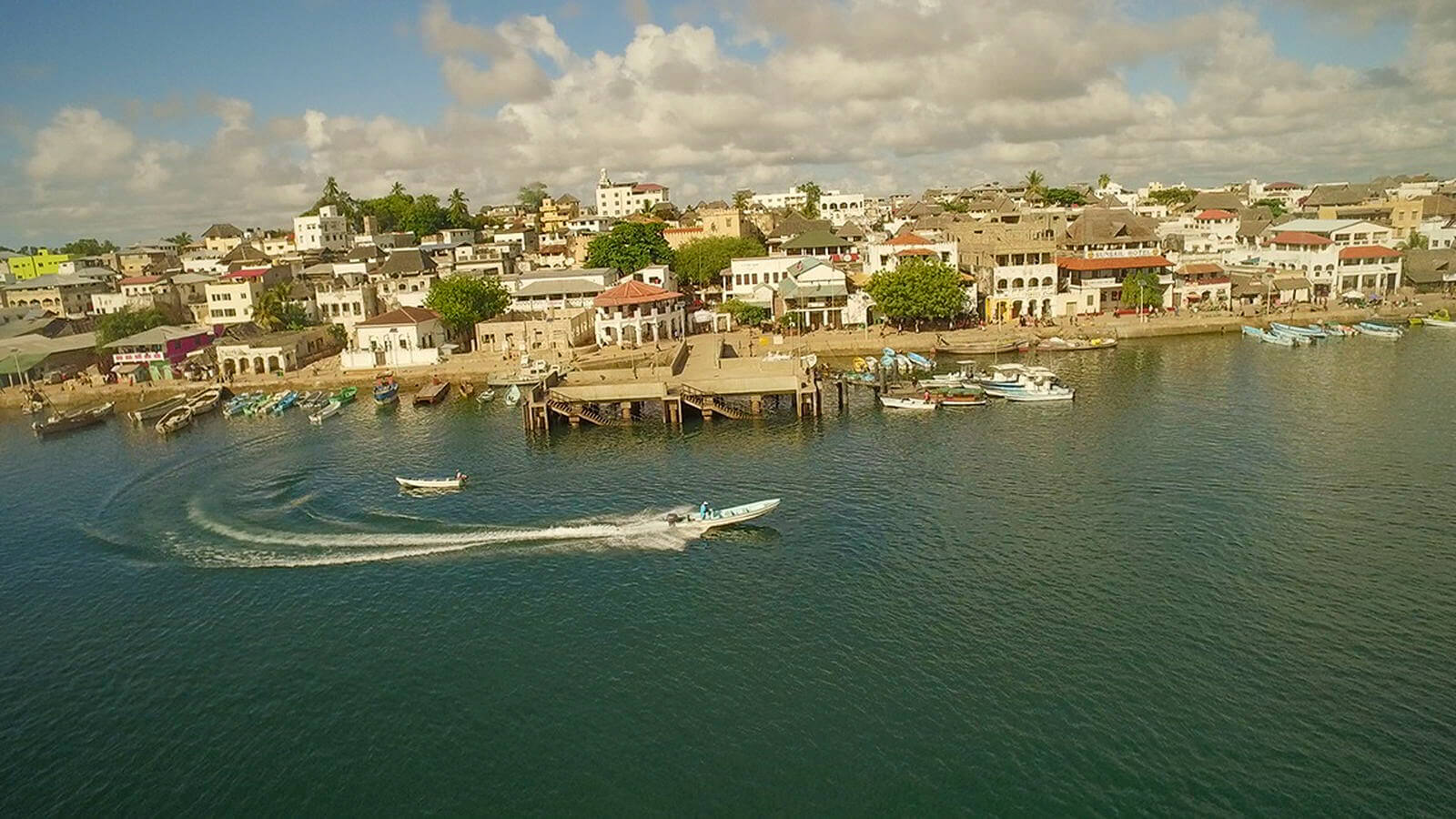


Pingback: 10 Best Places To Visit in Kwale County 2024. – My Blog
Pingback: 10 must See places in Mombasa County: – My Blog
Pingback: Exploring Taita Taveta County: 10 Unforgettable Destinations. – My Blog
Pingback: 10 best places to visit in Malindi Town. – My Blog
Pingback: 10 Best Getaway Hotel in Lamu. – My Blog